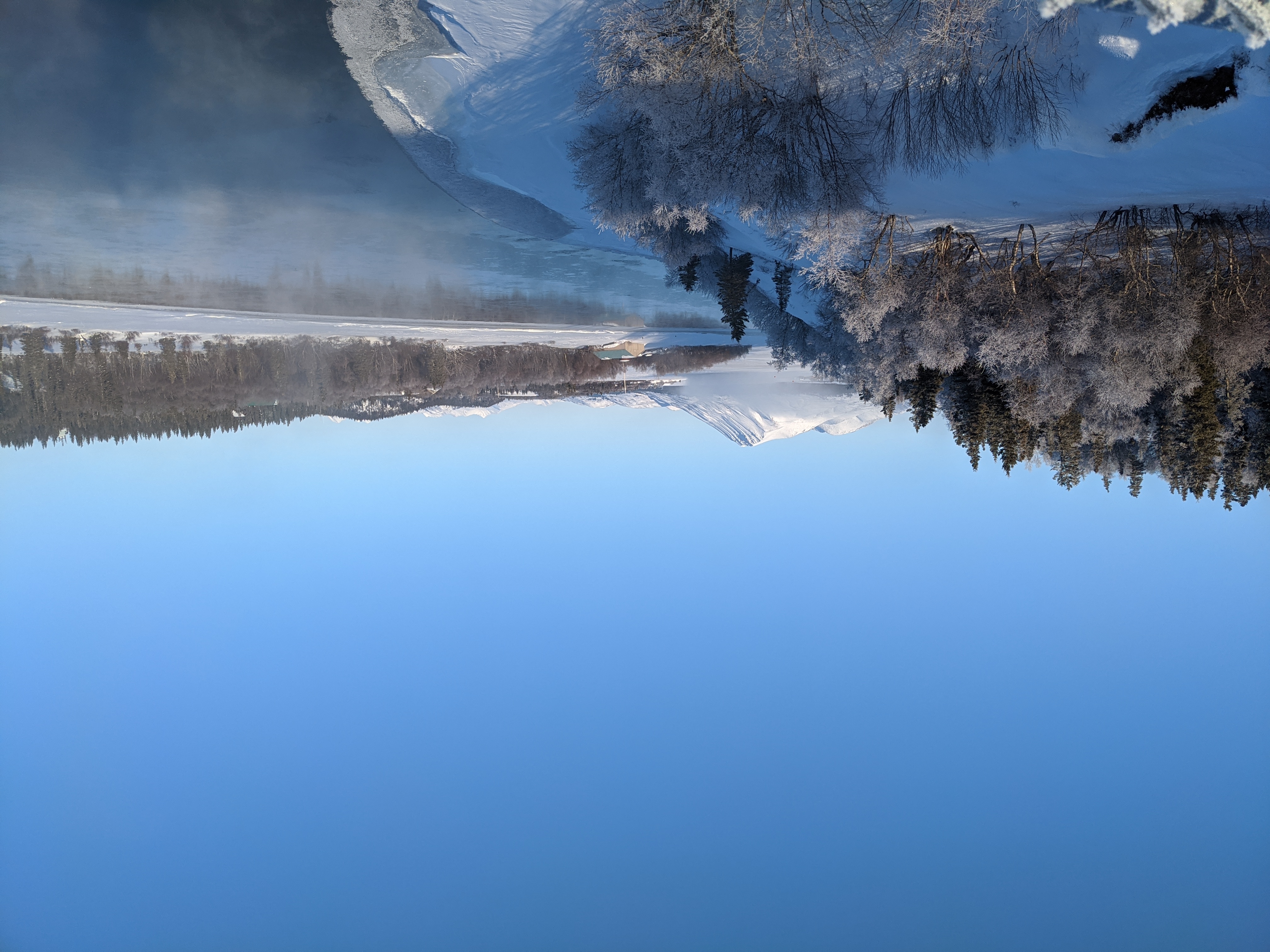
Rural Alaska has a bridge problem as permafrost thaws and crossing river ice gets riskier with climate change
We were awarded a project funded by the National Science Foundation to study rural bridges in Alaska. It was reported by The Conversation.
Bridges have become increasingly critical for remote communities in Alaska where road networks are limited or non-existent. Rural residents frequently need to cross rivers or lakes to hunt and gather traditional foods and access schools, healthcare facilities, and other essential services typically available in nearby regional hubs. Travel by boat is common during warmer months, while frozen water bodies serve as transportation corridors during the winter. Climate change is causing rivers and lakes to freeze later, thaw earlier, and form thinner ice. Unpredictable ice limits when and where people can travel and increases the risk of snowmobile fatalities.
Bridges can provide safer transportation options. But building and maintaining bridges in remote areas of Alaska comes with both social science and engineering challenges. From a social science perspective, significant cooperation and capital are required to secure financial resources for bridge construction. From an engineering perspective, bridges are particularly sensitive to seasonal freezing effects, which can quickly change their mechanical properties and structural integrity.
To enhance community resilience to climate change, new infrastructure is needed in Alaska. But infrastructure construction, especially in rural Alaska, comes with a hefty price tag. The cost of delivering steel and concrete to a remote location, the sourcing of available local materials, and the cost of bringing in outside specialized labor can significantly increase the cost of a bridge in rural Alaska.
The recently proposed Infrastructure Act will allocate Alaska $225 million to address 140 structurally deficient bridges. Given the high cost to build and maintain bridges in rural Alaska, this funding is a good start, but is hardly sufficient.
Our team is working to propose solutions to guide successful bridge development for Alaskan remote communities. This work will lay the foundation for a community-driven process and emphasize the need to further support infrastructure suited for changing climates.